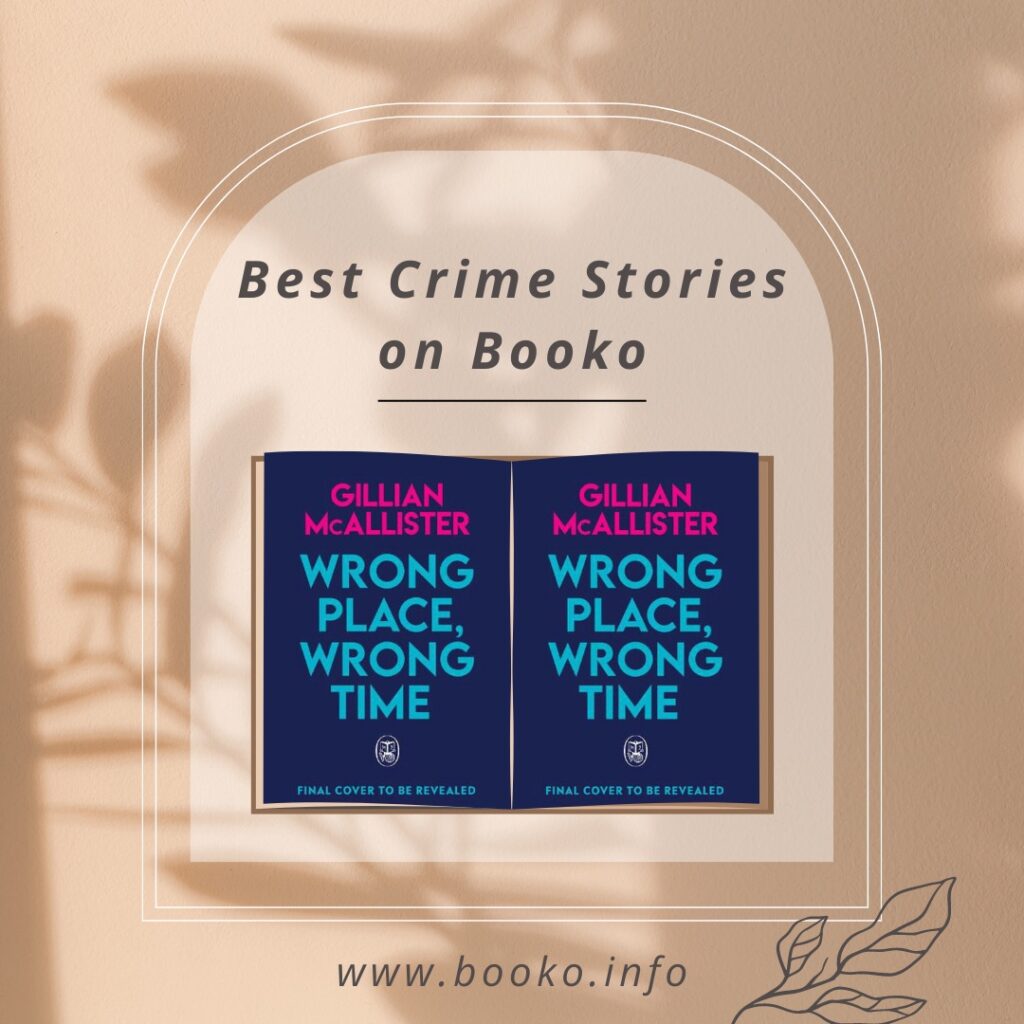My Child and Other Mistakes is the honest lowdown on Motherhood and all its grisly delights, asking the questions no one wants to admit to asking themselves.
Click through to read more.

My Child and Other Mistakes is the honest lowdown on Motherhood and all its grisly delights, asking the questions no one wants to admit to asking themselves.
Click through to read more.

The Mother’s Secret is a heart-stopping psychological thriller with an ending you won’t see coming from Katheryn Croft.
Click through to read more.

How do you stop a murder after it’s already happened? Find out the lengths one woman will go to save her family in Gillian McAllister’s Wrong Place, Wrong Time.
Click through to read more.

Sir David Attenborough – with his distinctive voice and his enthusiasm for the wonders of our natural world – is probably the best-known environmentalist in the world. As writer, presenter and narrator, he has been educating and entertaining audiences about natural history for almost 70 years. He has created a tremendous body of work that represents a comprehensive survey of animal and plant life on Earth, as well as showing generation after generation of viewers the marvellous diversity in our environment and our living things. Now 96 years old, Sir David is still an active advocate for environment protection, highlighting how issues such as climate change and population growth can impact biodiversity. If you want to learn more about Sir David’s life and career, here are some good starting points:
Wild Life: The Extraordinary Adventures of Sir David Attenborough by Leisa Stewart-Sharpe
Journey through the jungle and coral reefs, across the African plains and icy poles, and even to the Galapagos Islands, in this beautiful picture book about the life and work of Sir David Attenborough. We discover that David has been a nature-lover since a young age, collecting fossils, stones and natural specimens to create his own “museum”. His eighth birthday gift – a fire salamander – sparks his imagination and ultimately leads to David Attenborough travelling and filming across the continents, visiting astonishing places and mysterious animals, and showing them to audiences all over the world.
Living Planet: The Web of Life on Earth by David Attenborough
This is a new and updated edition of The Living Planet, originally published in 1984, which looks at how plants and animals have evolved and adapted to the differing geographies and climates found around the world. The chapters march majestically across the planetary surface, showing how adaptation has created enormous diversity: from the poles to the tundra, to forests and jungles, the grasslands, the deserts. From fresh water to salt water, deep oceans to mountains and volcanoes. With the help of zoologist Matthew Cobb, this updated edition describes our latest understanding about biodiversity and evolutionary biology, including a significantly revised chapter on human evolution. The Living Planet is packed with information and stunning photography, and like all of Sir David’s work, manages to both inform, entertain as well as inspire.
A Life on Our Planet: My Witness Statement and Vision for the Future by David Attenborough
In recent years, Sir David has shifted his attention from showing us the wonders of the natural world, to highlighting the environmental threats that stands to destroy our biodiversity. A Life on Our Planet is Sir David’s “witness statement” for the “the dreadful damage” done by humanity, and his plea for urgent climate action. Using his lifetime as a framing device, Sir David captures the accelerating destruction of our planet – changes not obvious from day to day, but shown in stark clarity over nine decades. He then warns us of the painful consequences of inaction – ice-free summers in the Arctic by the 2030s, climate-induced difficulties in food production and large scale, unmanageable human migration by late this century. Nonetheless, his call for action ends on a hopeful note, with ideas on how to turn things around by reducing energy and resource consumption and adopting a more sustainable diet.
Adventures of a Young Naturalist: Sir David Attenborough’s Zoo Quest Expeditions by David Attenborough
One of the first television programs presented by Sir David was Zoo Quest, which followed him and his (very small) team on expedition to British Guiana (Guyana), Indonesia and Paraguay in the 1950s. These expeditions aimed to collect exotic live animals – that no other zoo possessed – and bring them back for display at the London Zoo. Adventures of a Young Naturalist takes an affectionate, funny look at these intrepid trips, where Sir David and his team encounter idiosyncratic characters, exotic animals including capybaras, komodo dragons and vampire bats, and pristine environments. We also see early glimpses of the passion, respect and confidence around animals that will become Sir David’s onscreen trademark. Adventures of a Young Naturalist also encourages us to reflect on how, through the work of Sir David and other conservationists, our attitudes towards wildlife conservation have changed.
Journeys to the Other Side of the World: Further Adventures Of A Young Naturalist by David Attenborough
This companion volume to Adventures of a Young Naturalist is a collection of stories from the later part of the Zoo Quest program, where the young David Attenborough and his team travelled to Madagascar, New Guinea and other Pacific Islands, and to Australia’s Northern Territory. These expeditions became lessons in anthropology as well as zoology, with the team learning about and recording the indigenous culture of these remote places, whose ways of life had never been encountered by most of the British public before. From Aboriginal rock art, to the land divers of Pentecost Island, to encounters with paradise birds and chameleons, these stories are a valuable record of rituals and wildlife never previously filmed, and that have become endangered.
Life on Air (Revised and Updated Edition) by David Attenborough
It makes perfect (and witty) sense that Sir David, who made his name with the Life on Earth series, would call his memoirs Life on Air. This latest version is updated to include the most recent activities in his 60+ year career. The story starts in 1950, when a young David, dissatisfied with his job in a publishing house, applied for a job at the BBC. He was not successful; however, he was eventually asked to join BBC’s television department, kickstarting his long association with wildlife programming. Sir David spent considerable time as station management before his love of natural history led him to return to programme-making (just imagine – if he had become the Head of the BBC, his monumental Life on Earth series might never have been made!). Like his TV persona, Sir David writes with unfailing modesty and a warm sense of humour, none of which obscure the groundbreaking work he has done, both as a broadcaster and as station management.
After Dark is the brand new high-concept domestic suspense that asks the important question – are women ever truly safe?
Click through to read more.

In an electrifying speech delivered at the opening of the World Leaders Summit on Climate Change in Glasgow, Sir David Attenborough gave a message of hope on behalf of the world.
Click through to watch.
Little Nothings is a sly, suspenseful novel about female bonds turned toxic, and the desperate ends one woman will go to keep her friends close – and her enemy closer.
Click through to read more.
